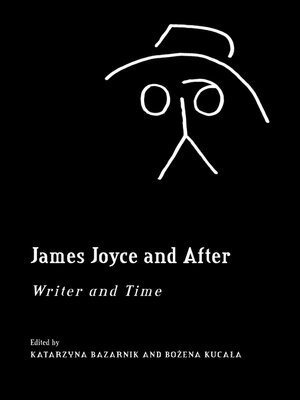
Sign up to save your library
With an OverDrive account, you can save your favorite libraries for at-a-glance information about availability. Find out more about OverDrive accounts.
Find this title in Libby, the library reading app by OverDrive.



Search for a digital library with this title
Title found at these libraries:
| Library Name | Distance |
|---|---|
| Loading... |
James Joyce and After: Writer and Time is a volume of essays examining various aspects of time in literature, starting with the modernist revolution in fictional time initiated, among others, by Joyce, up until the present. In Part One: "James Joyce and Commodius Vicus of Recirculation," the largest group of essays offers new and insightful readings of Finnegans Wake, Ulysses, Dubliners and Pomes Penyeach, reflecting a variety of Joyce's experiments with time as well as demonstrating patterns and cross-references in his lifelong artistic explorations.Part Two: "Writer and Private Time," focuses on selected literary responses to subjective experience of time. The articles analyse Joyce's epiphanies, Elizabeth Bishop's rendition of a lyrical moment in her poetry, as well as the interplay of fiction and autobiography in the writings of Joseph Conrad and J. M. Coetzee. Another article in this section uses the Bakhtinian concept of chronotope to emphasise simultaneity of reading and writing in the newly defined genre of liberature.At the other end of the (temporal) spectrum, the articles in Part Three: "Writer and Public Time," devoted to recent fiction, testify to the constant need for seeking new ways of recording the temporal dimension of collective experience. It is argued that the engagement with Victorianism in contemporary fiction has resulted in a special treatment of time involving duality of temporal levels, while the emerging post-9/11 genre takes account of the new audiovisual media in order to respond to one of the most traumatic experiences in contemporary history.







